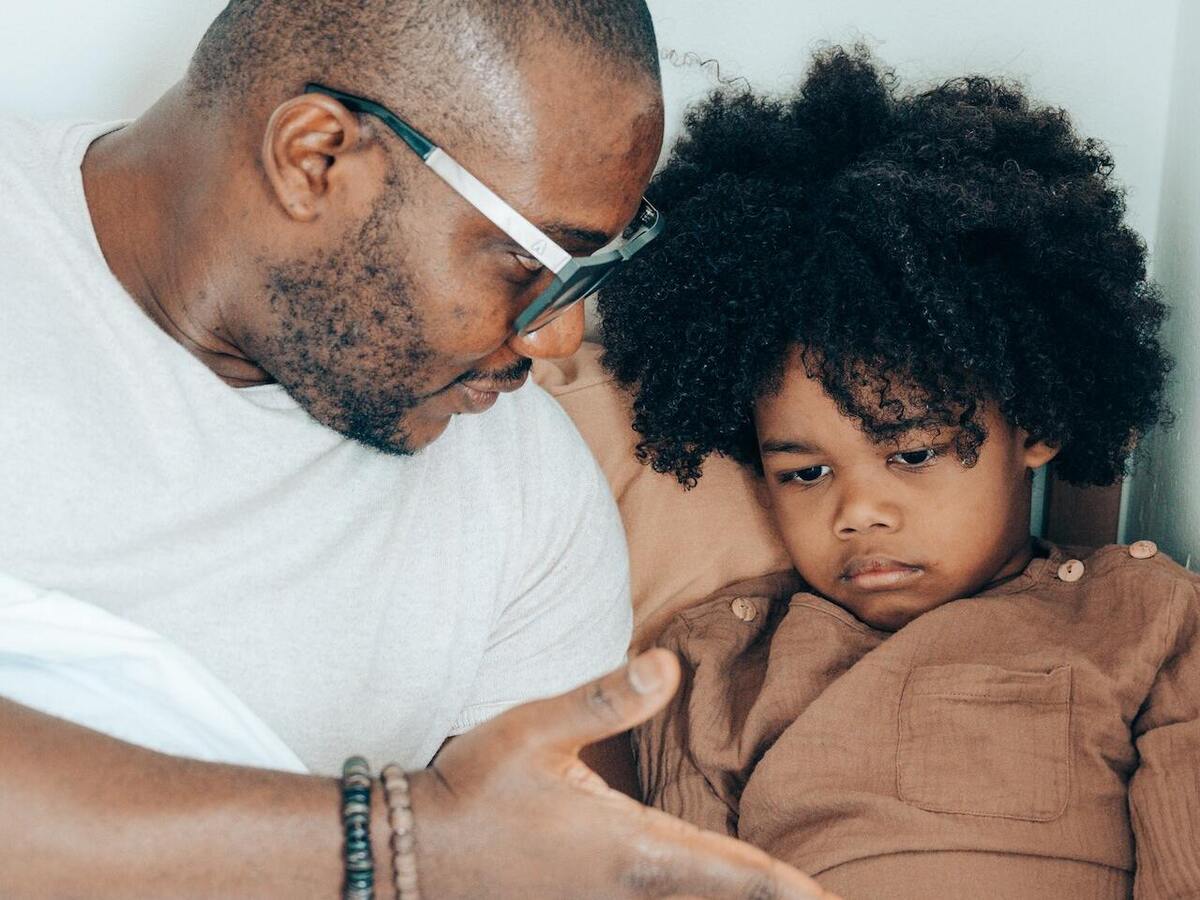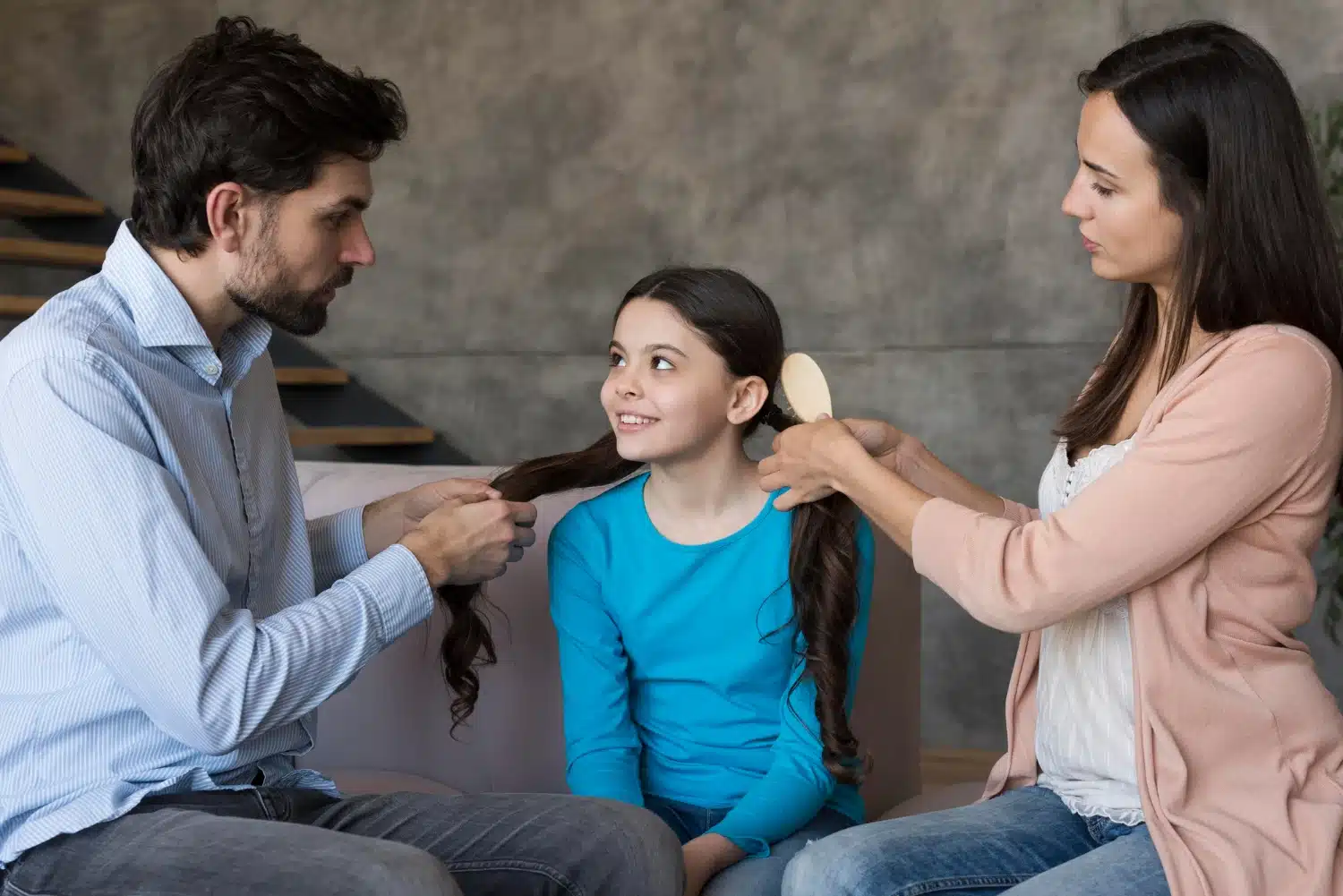Disciplining children can be challenging for parents, but it is essential to remember that discipline is not about punishment but teaching your child right from wrong. Positive discipline techniques effectively teach children the proper behavior and values without resorting to punishment or negative reinforcement. In this article, we will explore ten positive discipline techniques for children aged 4 to 12, designed to be effective and easy to implement, ensuring your child learns valuable life skills and grows up to be a responsible and respectful adult.
Encourage Positive Behavior
Encouraging positive behavior is an effective way to teach children how to behave correctly. Praising and encouraging them for positive behavior reinforces their good behavior and encourages them to continue. Positive phrases and language are also helpful when encouraging positive behavior, such as “I appreciate your effort in keeping your room clean.” Role-playing positive behavior with your child is another effective way to encourage positive behavior. For example, you can act out scenarios with your child where they display the desired behavior.
Use Positive Reinforcement:
Positive reinforcement involves rewarding good behavior. When a child displays the desired behavior, they receive positive feedback, such as a compliment or reward. Rewards do not have to be materialistic and can be anything that motivates the child. Positive reinforcement helps the child understand the benefits of good behavior and encourages them to continue displaying it. It is essential to be consistent when using positive reinforcement to avoid confusing the child.

Set Clear Expectations:
Setting clear expectations involves establishing rules and boundaries for your child’s behavior. Explaining the expectations helps the child understand what is expected of them. Be consistent with the expectations and follow through with any consequences for misbehavior. Consistency is vital to avoid confusion and ensure the child understands the expectations.
Create Consequences for Misbehavior
Creating consequences for misbehavior is crucial to positive discipline.
When children misbehave, it’s essential to help them understand the consequences of their actions. One practical way to do this is by using logical consequences, which means letting the child experience the natural outcome of their behavior.
For example, if a child misuses a toy, you might temporarily remove it. This helps prevent further harm or damage to the toy and shows the child that their behavior has consequences. They learn that if they don’t use the toy properly, they won’t be able to play with it.
It’s important to note that logical consequences should be related to misbehavior and not overly punitive. They are intended to teach the child a lesson, not to make them feel punished or humiliated. Using logical consequences calmly and respectfully can help children better understand cause and effect and encourage them to make more responsible choices in the future.
Use Timeouts Effectively
Timeouts can be helpful when a child misbehaves or needs to calm down. The timeout should be quiet, away from distractions, and appropriate for the child’s age. For example, a four-year-old should have a timeout of around four minutes. Reinforce positive behavior after the timeout to help the child understand the desired behavior.
Listen to Your Child

Listening to your child is an essential part of positive discipline. Validating their feelings and showing empathy helps the child feel heard and understood. Allowing them to express themselves without interrupting them shows that you respect their opinions and feelings.
Create a Reward System
A reward system involves identifying desired behaviors and establishing rewards for displaying them. Be consistent with the rewards and ensure they motivate the child. Using a reward system helps the child understand the benefits of good behavior and encourages them to continue displaying it.
Use Natural Consequences
Natural consequences involve letting consequences occur naturally without intervention. For example, if a child refuses to wear a jacket, it will be cold outside. Allowing natural consequences to occur teaches the child responsibility and helps them understand the consequences of their actions.
Empathize with Your Child

Empathy involves putting yourself in your child’s shoes and understanding their feelings. Using “I” statements, such as “I understand that you are upset because you cannot play outside,” helps the child feel heard and understood. Avoid negative language that can make the child feel judged or blamed.
Be a Good Role Model
You are your child’s first and most important role model as a parent. Children learn by observing the behavior of those around them and will imitate your positive and negative actions. Therefore, it is essential to model the behavior you want to see in your child. This means practicing what you preach and apologizing when you make a mistake. When your child sees you taking responsibility for your actions, they will learn to do the same.
Conclusion:
Disciplining children positively is not always easy, but it is essential for their development and growth. The ten positive discipline techniques outlined in this article are practical and easy to implement, ensuring that your child learns valuable life skills and grows up to be a responsible and respectful adult. Remember, discipline is not about punishment but teaching your child right from wrong. By using positive discipline techniques, you can teach your child the right behavior and values without resorting to punishment or negative reinforcement.
In conclusion, the key to effective discipline is to focus on positive reinforcement, clear expectations, consequences for misbehavior, effective timeouts, listening and empathizing with your child, using natural consequences, and being a good role model. By implementing these techniques consistently, you can help your child develop into a responsible, respectful, and successful individual.
Popular Articles:
How do Routines help a Childs Development








